# 腾讯云COS使用
本文作者:程序员飞云
# 腾讯云官网
# 配置存储桶
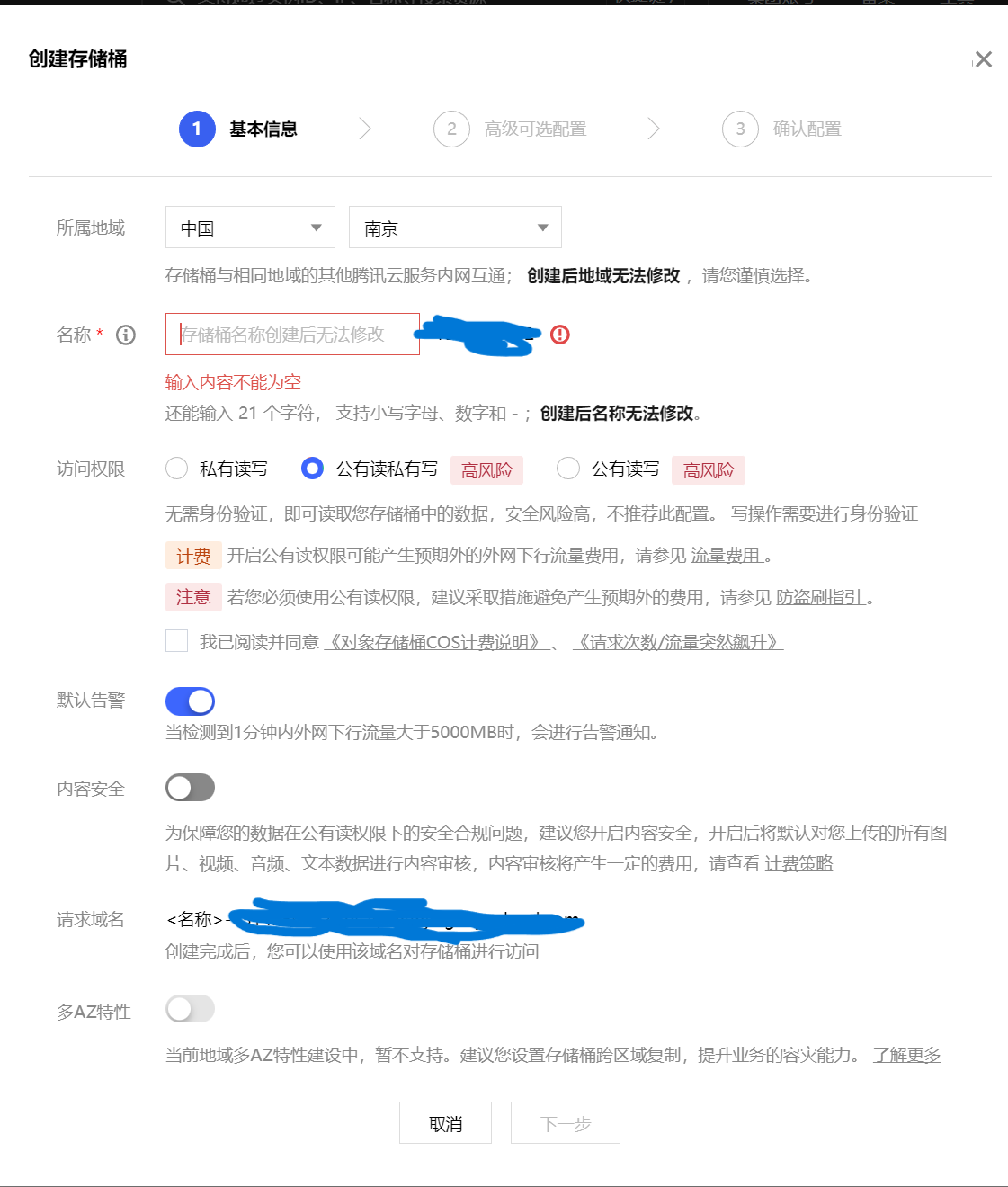
- 所属地域:自己需要服务用户或者自己所在地区的地址
- 名称:编写存储桶名称
- 访问权限:
- 私有读写:只能自己进行文件上传下载,其他人无法使用
- 共有读私有写:其他人都可以下载文件,但是只有管理员才可以上传文件
- 公有读写:所有人都可以上传文件和下载文件,非常不安全,容易出现盗刷

其余的配置可以按需配置,都是需要计费的。
创建成功可以在控制台存储桶列表查看,进入可以进行相应的文件上传和文件管理
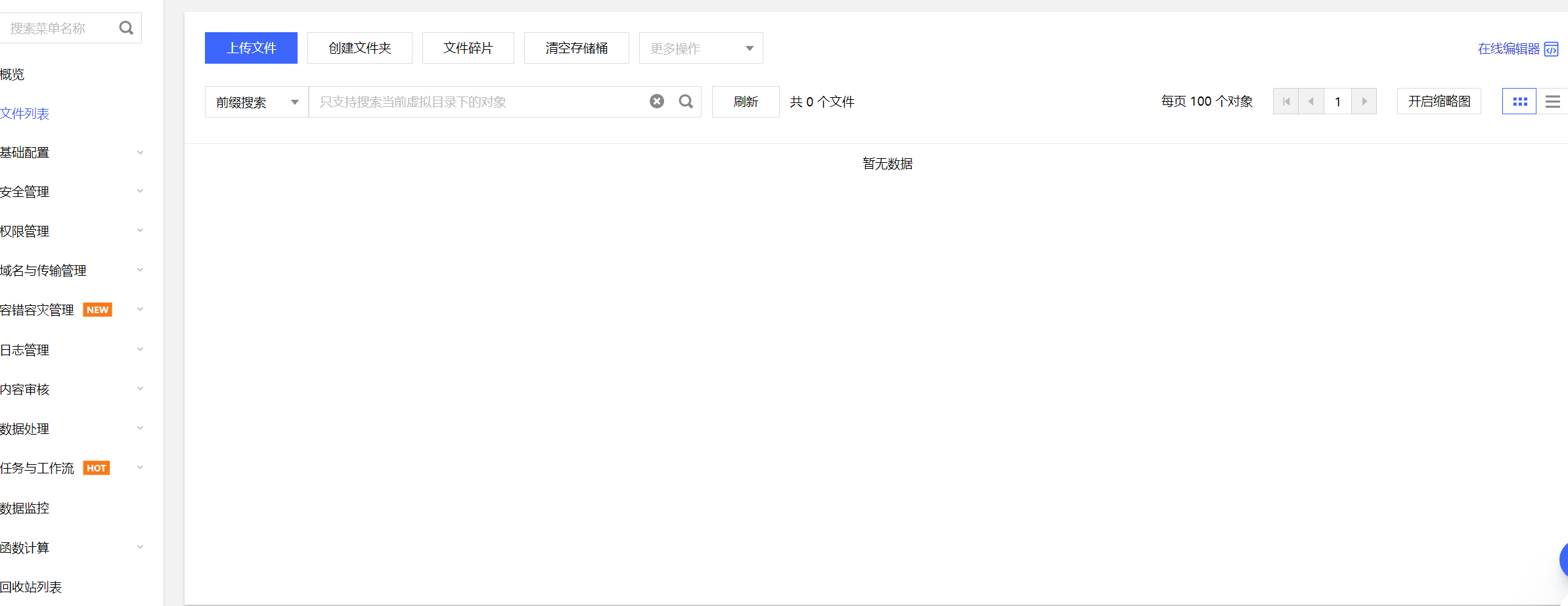
上传文件可以查看当前文件的大小
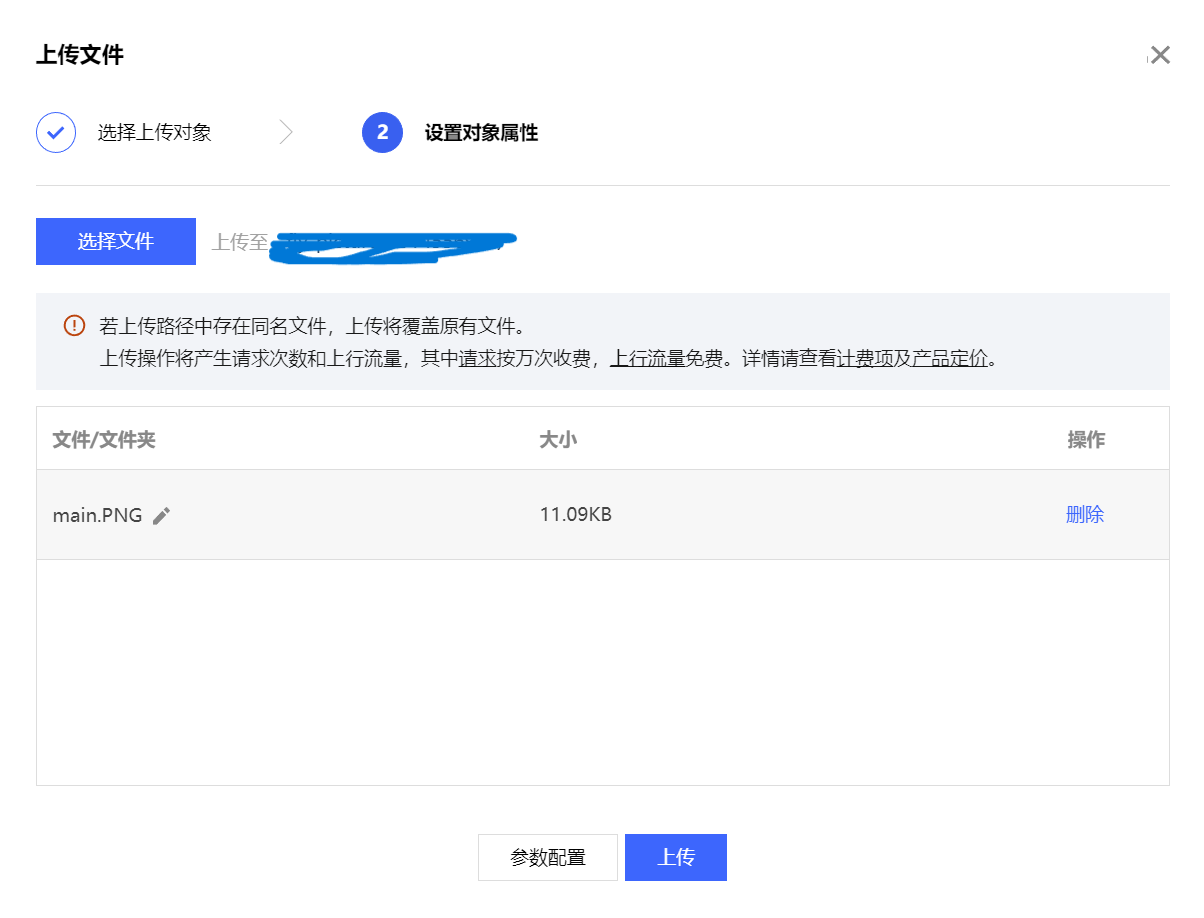
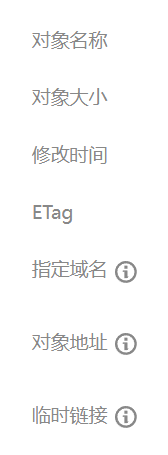
里面的对象不能直接暴露给其他人
# 在线调试
# 获取密钥
进入访问管理
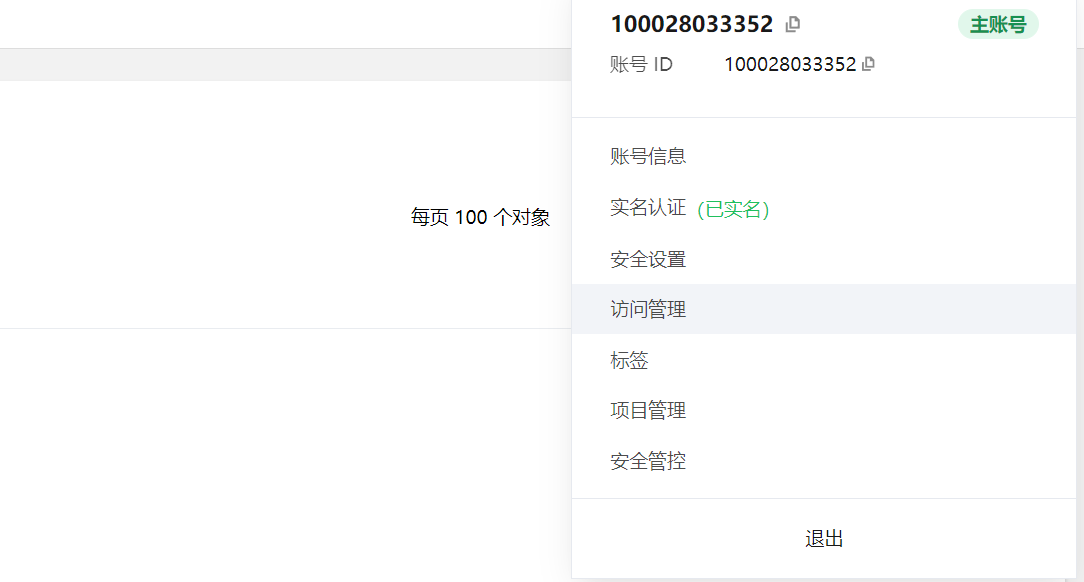
获取自己的密钥

# 引入依赖
<dependency>
<groupId>com.qcloud</groupId>
<artifactId>cos_api</artifactId>
<version>5.6.227</version>
</dependency>
1
2
3
4
5
2
3
4
5
# 初始化客户端
在yml中编写对应的配置信息
# 腾讯云COS配置信息
cos:
client:
secretId :
secretKey :
region :
bucket:
host:
1
2
3
4
5
6
7
8
2
3
4
5
6
7
8
- host是当前的存储桶域名,
- region是存储桶的地域,例cos.ap-nanjing
这两个信息都可以在对象地址中查看
一般不建议直接在yml中写入这些密钥信息,上传github等平台容易造成泄露,建议创建一个application-local.yml存储本地信息,这个文件不会上传,可以在.gitignore中排除这个文件
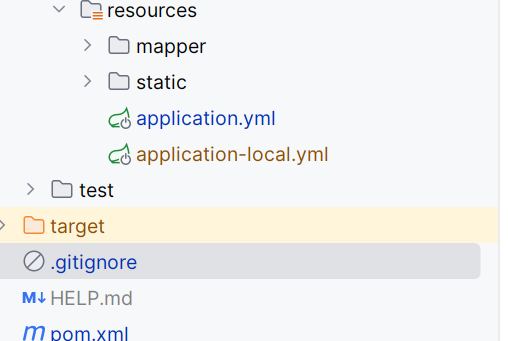
点击配置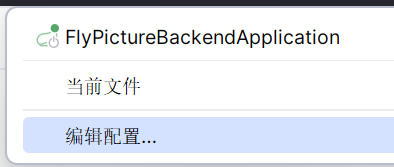
输入有效文件
编写配置
/**
* 腾讯云配置
*
* @author flycode
*/
@Configuration
@ConfigurationProperties(prefix = "cos.client")
@Data
public class CosClientConfig {
/**
* 密钥id
*/
private String secretId;
/**
* 密钥key
*/
private String secretKey;
/**
* 地域
*/
private String region;
/**
* 存储桶
*/
private String bucket;
/**
* 域名
*/
private String host;
@Bean
public COSClient cosClient() {
// 1 初始化用户身份信息(secretId, secretKey)。
// SECRETID 和 SECRETKEY 请登录访问管理控制台 https://console.cloud.tencent.com/cam/capi 进行查看和管理
COSCredentials cred = new BasicCOSCredentials(secretId, secretKey);
// 2 设置 bucket 的地域, COS 地域的简称请参见 https://cloud.tencent.com/document/product/436/6224
// clientConfig 中包含了设置 region, https(默认 http), 超时, 代理等 set 方法, 使用可参见源码或者常见问题 Java SDK 部分。
ClientConfig clientConfig = new ClientConfig(new Region(region));
// 这里建议设置使用 https 协议
// 从 5.6.54 版本开始,默认使用了 https
clientConfig.setHttpProtocol(HttpProtocol.https);
// 3 生成 cos 客户端。
COSClient cosClient = new COSClient(cred, clientConfig);
return cosClient;
}
}
1
2
3
4
5
6
7
8
9
10
11
12
13
14
15
16
17
18
19
20
21
22
23
24
25
26
27
28
29
30
31
32
33
34
35
36
37
38
39
40
41
42
43
44
45
46
47
48
49
50
2
3
4
5
6
7
8
9
10
11
12
13
14
15
16
17
18
19
20
21
22
23
24
25
26
27
28
29
30
31
32
33
34
35
36
37
38
39
40
41
42
43
44
45
46
47
48
49
50
# 文件上传和下载
# 文件上传
@Component
public class CosManager {
@Resource
private CosClientConfig cosClientConfig;
@Resource
private COSClient cosClient;
/**
* 将本地文件上传到 COS
*/
public PutObjectResult putObject(String key, File file) throws CosClientException, CosServiceException {
PutObjectRequest putObjectRequest = new PutObjectRequest(cosClientConfig.getBucket(), key, file);
return cosClient.putObject(putObjectRequest);
}
}
1
2
3
4
5
6
7
8
9
10
11
12
13
14
15
16
17
2
3
4
5
6
7
8
9
10
11
12
13
14
15
16
17
# 文件上传测试
@RequestMapping("/file")
@RestController
@Slf4j
public class FileController {
@Resource
private CosManager cosManager;
@PostMapping("/test")
@AuthCheck(mustRole = UserConstant.ADMIN_ROLE)
public BaseResponse<String> upload(@RequestPart("file") MultipartFile multipartFile) {
String originalFilename = multipartFile.getOriginalFilename();
String filePath = String.format("/test/%s", originalFilename);
File file = null;
try {
file = File.createTempFile(filePath, null);
// 在本地创建临时文件,存储上传的文件
multipartFile.transferTo(file);
PutObjectResult putObjectResult = cosManager.putObject(filePath, file);
return ResultUtils.success(filePath);
} catch (Exception e) {
log.error("filePath:{}", filePath, e);
throw new BusinessException(ErrorCode.PARAMS_ERROR, "文件上传失败");
} finally {
if (file != null) {
boolean delete = file.delete();
if (!delete) {
log.error("filePath:{}", filePath);
}
}
}
}
}
1
2
3
4
5
6
7
8
9
10
11
12
13
14
15
16
17
18
19
20
21
22
23
24
25
26
27
28
29
30
31
32
33
2
3
4
5
6
7
8
9
10
11
12
13
14
15
16
17
18
19
20
21
22
23
24
25
26
27
28
29
30
31
32
33
# 文件下载
有两种方式
- 直接下载文件到后台服务器,在服务器处理完成后返回给用户
- 直接返回文件流,将文件流直接返回给前端
https://cloud.tencent.com/document/product/436/65937
https://cloud.tencent.com/document/product/436/10199#.E4.B8.8B.E8.BD.BD.E5.AF.B9.E8.B1.A1
还有如下几种方式
- 让用户通过url的方式访问下载
- 后端服务器先校验用户权限,校验通过返回给前端临时的密钥,然后前端通过密钥请求对象存储
/**
* 流式下载
* <a href="https://cloud.tencent.com/document/product/436/65937#990ad571-e935-40cb-806b-c645b581260c">...</a>
* @param key 文件地址 /bucket/文件名
* @return
* @throws CosClientException
* @throws CosServiceException
*/
public COSObject getObject(String key) throws CosClientException, CosServiceException {
COSObject cosObject = cosClient.getObject(cosClientConfig.getBucket(),key);
return cosObject;
}
1
2
3
4
5
6
7
8
9
10
11
12
2
3
4
5
6
7
8
9
10
11
12
# 文件下载测试
/**
* 文件下载
* @param filePath
* @param response
* @throws IOException
*/
@GetMapping("/download")
@AuthCheck(mustRole = UserConstant.ADMIN_ROLE)
public void downLoad(String filePath, HttpServletResponse response) throws IOException {
COSObjectInputStream cosObjectInputStream = null;
try {
COSObject cosObject = cosManager.getObject(filePath);
cosObjectInputStream = cosObject.getObjectContent();
// 设置响应头
response.setHeader("Content-Type", "application/octet-stream");
response.setHeader("Content-Disposition", "attachment; filename=" + filePath);
// 写入响应流
response.getOutputStream().write(IOUtils.toByteArray(cosObjectInputStream));
response.getOutputStream().flush();
} catch (Exception e) {
log.error("filePath:{}", filePath, e);
log.error("下载异常");
e.printStackTrace();
} finally {
// 用完流之后一定要调用 close()
if (cosObjectInputStream != null) {
cosObjectInputStream.close();
}
}
}
1
2
3
4
5
6
7
8
9
10
11
12
13
14
15
16
17
18
19
20
21
22
23
24
25
26
27
28
29
30
2
3
4
5
6
7
8
9
10
11
12
13
14
15
16
17
18
19
20
21
22
23
24
25
26
27
28
29
30
